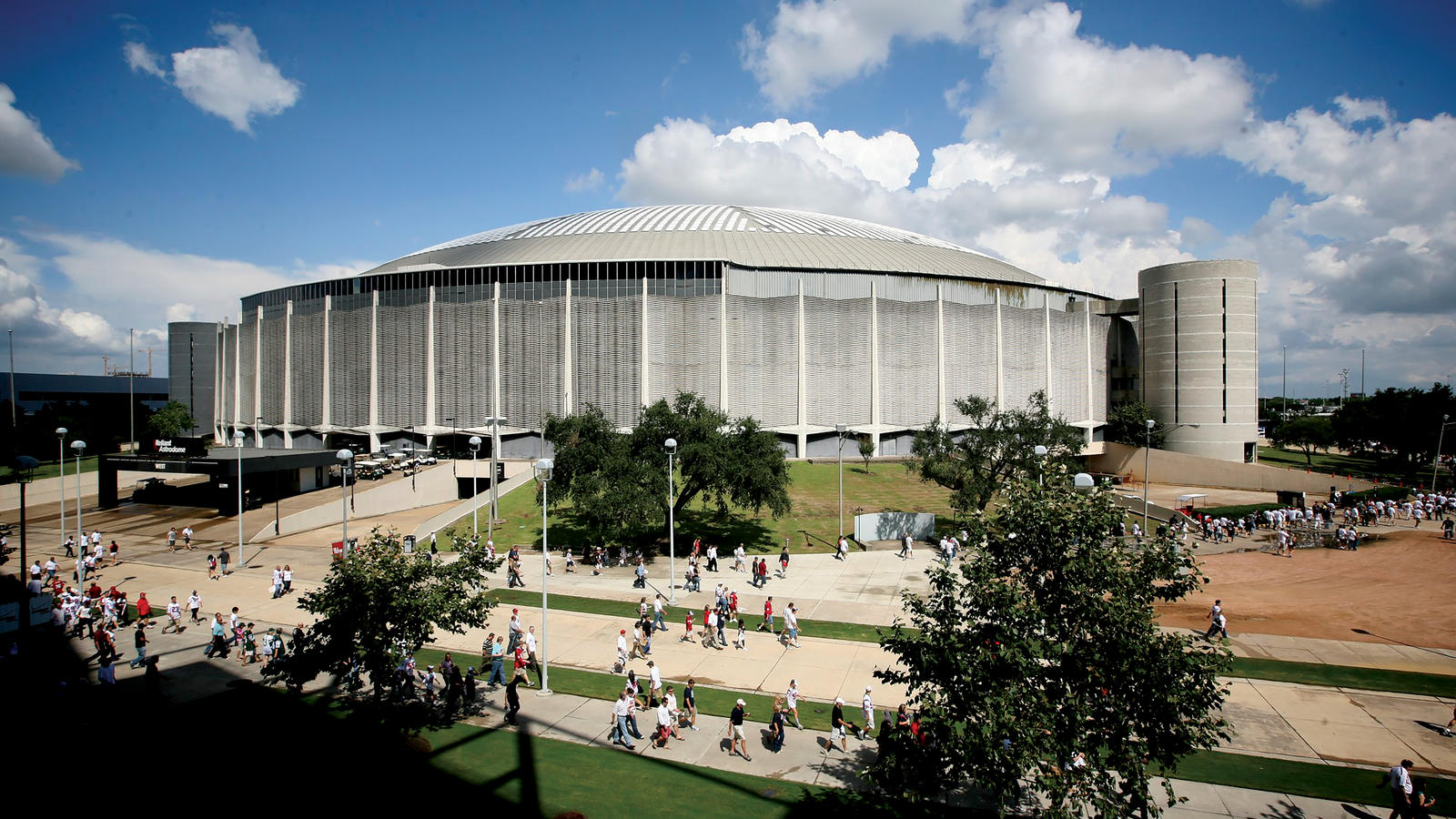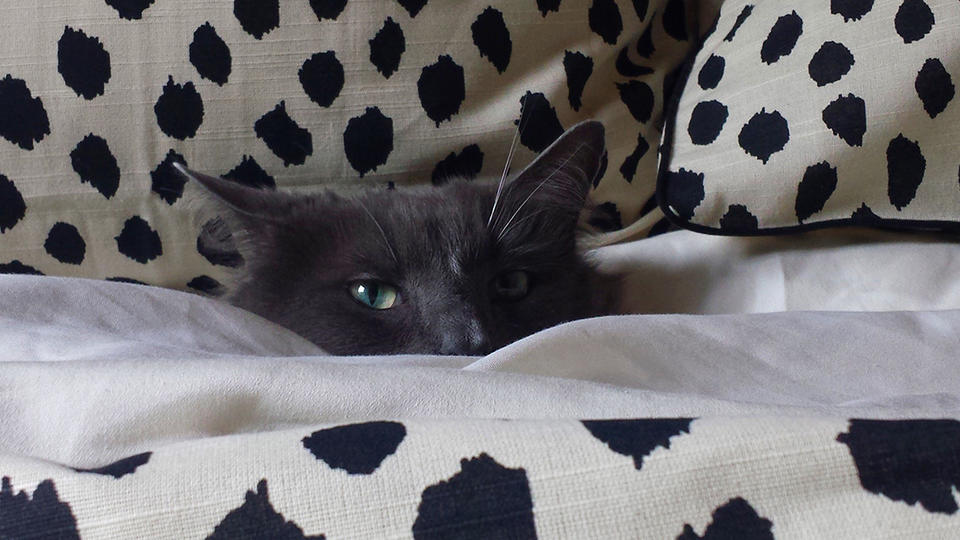
Fixer Upper
Saving The Dome
By Allyn West; Photo credit: Ed Schipul
Saving The Dome
Phoebe Tudor knows how to save a building. With a master’s in historic preservation from Columbia University, Tudor and her husband, Bobby, moved to New Orleans, where she served for four years as the architectural historian for the New Orleans Historic District Landmark Commission.
The philanthropically-minded couple found their way to Houston a few years later. Here, Tudor served on the Archeological and Historical Commission, helped strengthen the city’s preservation ordinance and was instrumental in the formation of a group that restored the 1926 Julia Ideson Building, designed by Ralph Adams Cram as Houston’s Central Library. Led by Tudor and preservationist Minnette Boesel, the Julia Ideson Library Preservation Partners raised the $32 million for the restoration, which included the addition of an archival wing that houses the Houston Metropolitan Research Center.
That’s one place where you can learn the history of a city that is often accused of having “amnesia” as another landmark is torn down, replaced with something new and forgotten. You can study, for example, some of the original blueprints of the Harris County Domed Stadium—or the Astrodome, for short.
And it’s the Astrodome Tudor has her sights on next. “It’s a great asset for Houston,” Tudor says. “It’s one of our biggest icons, honestly, and we’re worried about what’s going to happen next.”
Completed in 1965 in the midst of the Space Race, just a few years after President John F. Kennedy’s famous call to action at Rice University, the Astrodome opened to international wonder. It was the first—and best, many still argue—of its kind. An architectural feat. An engineering marvel. A pinnacle of technology. All the superlatives seemed to apply. Apart from its one-of-a-kind design, the Astrodome played host to important competitions—from the Game of the Century between the University of Houston and UCLA to the Battle of the Sexes between Billie Jean King and Bobby Riggs—and performances—from Elvis to Selena to Evel Knievel—until the early 2000s, after the Houston Oilers had relocated to Tennessee and the Astros to a new stadium downtown. The Astrodome’s last great moment was in 2005, when it was a temporary shelter for residents who evacuated New Orleans during Hurricane Katrina.
It has been vacant ever since. It is paid for, but it costs Harris County taxpayers about $170,000 a year—most of which covers the electric bill. In 2013, voters failed to approve a bond that would have paid for a $217 million renovation into a convention center. When that vote failed, many feared it was a death knell, and the Astrodome would be demolished, once and for all.
What happened instead was a resurgence of interest and passion around what many others considered one of Houston’s greatest cultural assets. Just one year later, the Astrodome was listed on the National Register of Historic Places. Then, in 2017, it became a State of Texas Antiquities Landmark, granting it protection from demolition or unapproved alteration. Beth Wiedower, a senior field officer for the National Trust for Historic Preservation says: "It's not the only piece of our cultural identity, but it is a big piece of our shared cultural story, as Houstonians. And that has big-picture implications of how we define ourselves as a city and how we relate to each other."
Now, explains Wiedower, the conversation has changed. “It’s not, ‘Should we save [the Astrodome]?’” she says, “but what are the mechanics of saving and re-purposing it? How do we go about this?”
This is where Tudor comes in. Answering those questions, she says, “is my passion and my great interest and my professional training.” Teaming up again with Boesel and art historian and curator Judy Nyquist as founding board members and officers, Tudor established the Astrodome Conservancy in 2016. The Conservancy, says Tudor, is “an independent nonprofit.” It has federal 501(c)3 status and an eight-member board, which includes Wiedower. “We are now going down the road to become the official county partner,” Tudor says.
There has never been a shortage of good ideas about what to do with the Astrodome. The Urban Land Institute recommended that it become the centerpiece of a new public park. Architect James Richards proposed that it be stripped to its structural skeleton and wrapped in a several-miles-long hike and bike trail that curlicues up around it. The question, though, always begins and ends with how to pay for it.
Tudor, Boesel and Nyquist have inverted the path, starting with the same financial model that worked for them on the Julia Ideson Building ad that has become increasingly popular in Houston: the public-private partnership. It's the model that allowed the City of Houston to develop Discovery Green, Buffalo Bayou Park, Bayou Greenways and other public amenities, and Tudor believes it will help Harris County transform the Astrodome. “It’s working,” Tudor says. “It’s been hugely successful.” The strength of the public-private partnership is that it can “take on responsibility for city assets that are underutilized and underappreciated and that need something more than the city can provide.”
It’s too early to say just what that transformation will look like. Though a bill proposed by Texas Senator John Whitmire would require state oversight before Harris County can spend money on the Astrodome, the Harris County Commissioners unanimously approved a $105 million plan to begin bringing it back to life. The floor is set to be raised and a revenue-producing parking garage installed underneath.
Meanwhile, the Astrodome Conservancy is focusing on fundraising and advocacy. The Conservancy hired HR&A Advisors, consultants who are helping with visioning short-term, site-specific art installations and activations. “Then we start to do what conservancies do in these situations,” Tudor says. “They raise private funds. They won’t be taxpayer funds. And they can come from all sorts of sources.”
“I thought it would be terrible, terrible for the city, that the final result would be that it would be torn down. We don’t need to lose the Astrodome," Turdor insists. "We are at a new moment, and it's exciting."


